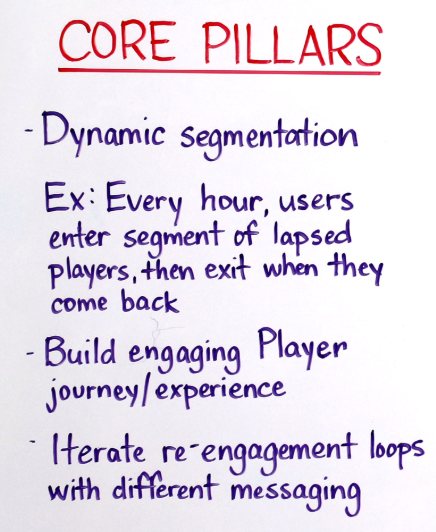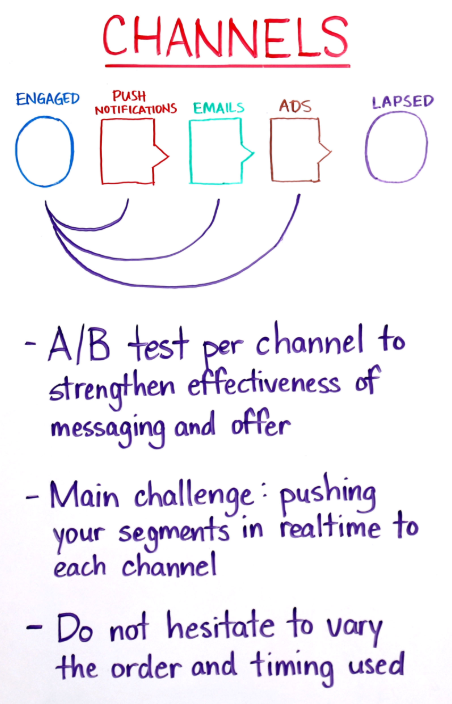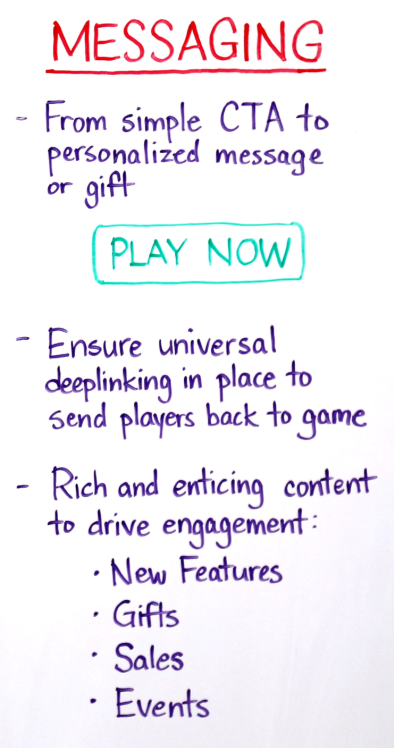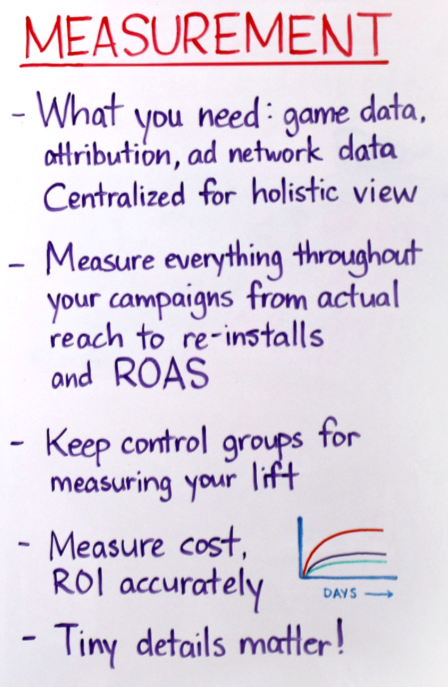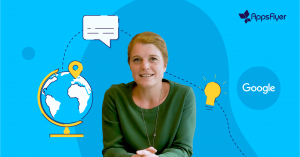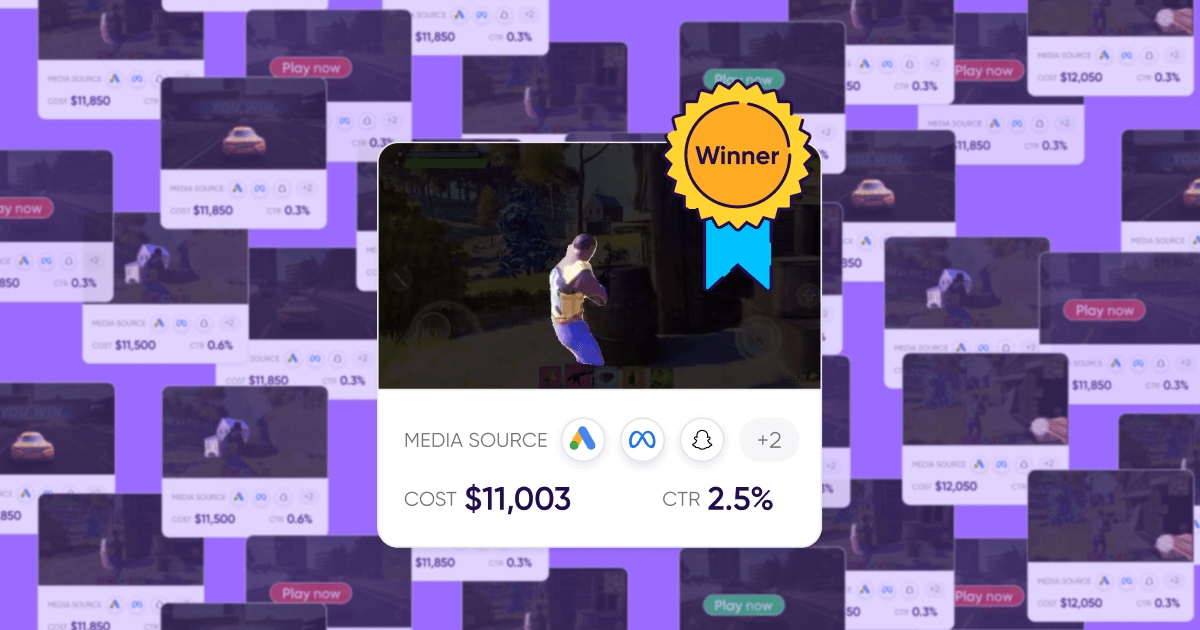
How to run remarketing campaigns on mobile games
Welcome to the twenty eighth edition of MAMA Boards, an AppsFlyer video project featuring leading mobile marketing experts on camera.
For today’s mini whiteboard master class, we have Jean-Sebastien Laverge, VP of Data & Growth at Tilting Point, a free-to-play games publisher which helps independent game developers scale their games.
Despite a 51% lift in the average revenue per paying user in Gaming apps for those that ran remarketing campaigns, only a mere 15% of them actually do! To bring greater awareness to this mission-critical marketing tactic, Jean-Sebastien discusses the core pillars of running powerful Gaming retargeting campaigns, as well as the 3 key elements that make them successful.
Real experts, real growth. That’s our motto.
Enjoy!
Transcription
Welcome to another edition of MAMA Boards by AppsFlyer.
I am Jean-Sebastien Laverge, VP of Data and Growth at Tilting Point.
Tilting Point is a free-to-play games publisher which helps independent game developers scale up their games. Today, we’re going to talk about “How Retargeting Can Drive Success for Your Mobile Games” and how adding retargeting to your re-engagement campaigns can help you boost your retention.
According to AppsFlyer data, only 15% of mobile games run retargeting campaigns compared to 50-60 percent of eCommerce apps.
Why is this common practice in eCommerce not used in mobile gaming?
Today, we’re going to discuss how to run retargeting and how you can achieve great return on ad spend (ROAS) and boost your retention.
What are the core pillars of Gaming retargeting campaigns?
We’re going to start with the core pillars of our retargeting campaigns. First and foremost, it starts with dynamic segmentation. You want to build segments of not only your lapsed users, but also your most engaged users; your paying or non-paying users; your mega whales or small minnows. What matters is building dynamic segmentation, meaning that your segments are alive and players enter and exit the segments as they take action inside the game or they re-engage with your game.
For example, every hour, you would like segments of lapsed players that didn’t play your game for 7 days, 14 days, 30 days, or even two or three months. It depends on the games you’re working on. It all comes down to the segments you build with your data science team and the proportion of your users to play and engage with your games.
Second, once you have your segments, you want to build an engaging player journey. When a user starts to play your game, depending on the conditions, they will enter campaign one or campaign two. It all depends on what they do inside the game or not do inside the game. In either case, what matters is that you build a coherent experience for your users, so you should propose an exciting and engaging journey/experience to them.
Lastly, make sure that you reiterate your re-engagement loop, as players are going to go through your re-engagement and retargeting loops multiple times. You want to make sure you vary your messages to make them more efficient.
What are the main communication channels used for retargeting?
Next, once you’ve built your segments and your player journey, you’re going to look at your communication channels. We use push notifications, email, and ads, and on each of them, we A/B test the messaging to make sure they run at maximum efficiency. The main challenge that we’ve been facing is linking our dynamic segments in real-time to each communication channel.
In order to achieve this, we build our segments in-house and push them to each tool we use to make sure they communicate the best message to the user. In turn, this allows us to vary the order of the messaging and always use the best message or the best timing to retarget and re-engage users with an ad.
Which messaging is most effective in bringing user’s back to your game?
Once you’ve settled your communication channels, you’re going to work on your messaging and what you actually tell your players to drive them to return to the game. This can range from a simple call to action, “Come back and play now,” to a personalized message, “Ajax 67, you’re getting raid, come back and defend yourself,” to an incentive, “Hey, come back. You have a great chest that is waiting for you.”
No matter your choice, you need to ensure that you’re using universal deep linking in order for the user experience to be coherent with your messaging. That is, when you tell them to come back to get a free chest, you need to make sure that when they enter the game, they’re going to receive and open the chest.
Additionally, you want to use rich and enticing content to drive engagement, like new features, gifts, sales, or events, so that when you re-engage your user, you multiply the iteration and the messaging that you’re sending to them.
After setup, how can I most effectively measure my app retargeting efforts?
Last but not least, measurement. First, what do you need to measure the efficiency of your retargeting campaign? You’re going to need your game data, attribution data, and ad network data all in the same place, centralized, to get a holistic view of your campaigns and make sure you’re able to measure your ROI efficiently.
Second, you want to measure everything throughout your campaign from actual reach – i.e. how many people did we put in our segments? Did you start in your campaign one, and did you actually reach? How many people actually re-engaged with or reinstalled the game? How much revenue was generated to put a return on ad spend number against your campaign?
Third, always keep control group for measuring your lift. There’s always the idea of just spending advertising money to retarget users, but you don’t know what the natural re-engagement lift would be from your game, and you want to measure your costs and your ROI accurately. Measuring cost is, again, how much money did you spend to run a push notification, an email, or an ad, versus how much additional money you actually generated to the natural re-engagement of your game.
Always keep control groups for measuring your lift. Your game has a natural re-engagement level, and you always want to keep a control group to for both measuring this level and measuring your re-engagement and retargeting efforts against it.
Fourth, you want to measure your ROI accurately, so you need to take into account your costs for running push, e-mail, ads against this whole new lift to make sure you have a positive ROI.
Fifth, tiny details always matter. Whatever you do, you should always test the player experience and the journey you are building to ensure it makes sense. The players should be presented with a coherent message to make sure that your messaging makes sense when they enter the game again and play.
Overall, we’ve seen the best return on ad spend on our retargeting campaigns and I can only encourage you to test it on your games.
That’s it for today. If you have comments, please leave them below this video, and if you want to watch more MAMA Boards by AppsFlyer, please subscribe here.
Thanks for watching! Bye bye.

